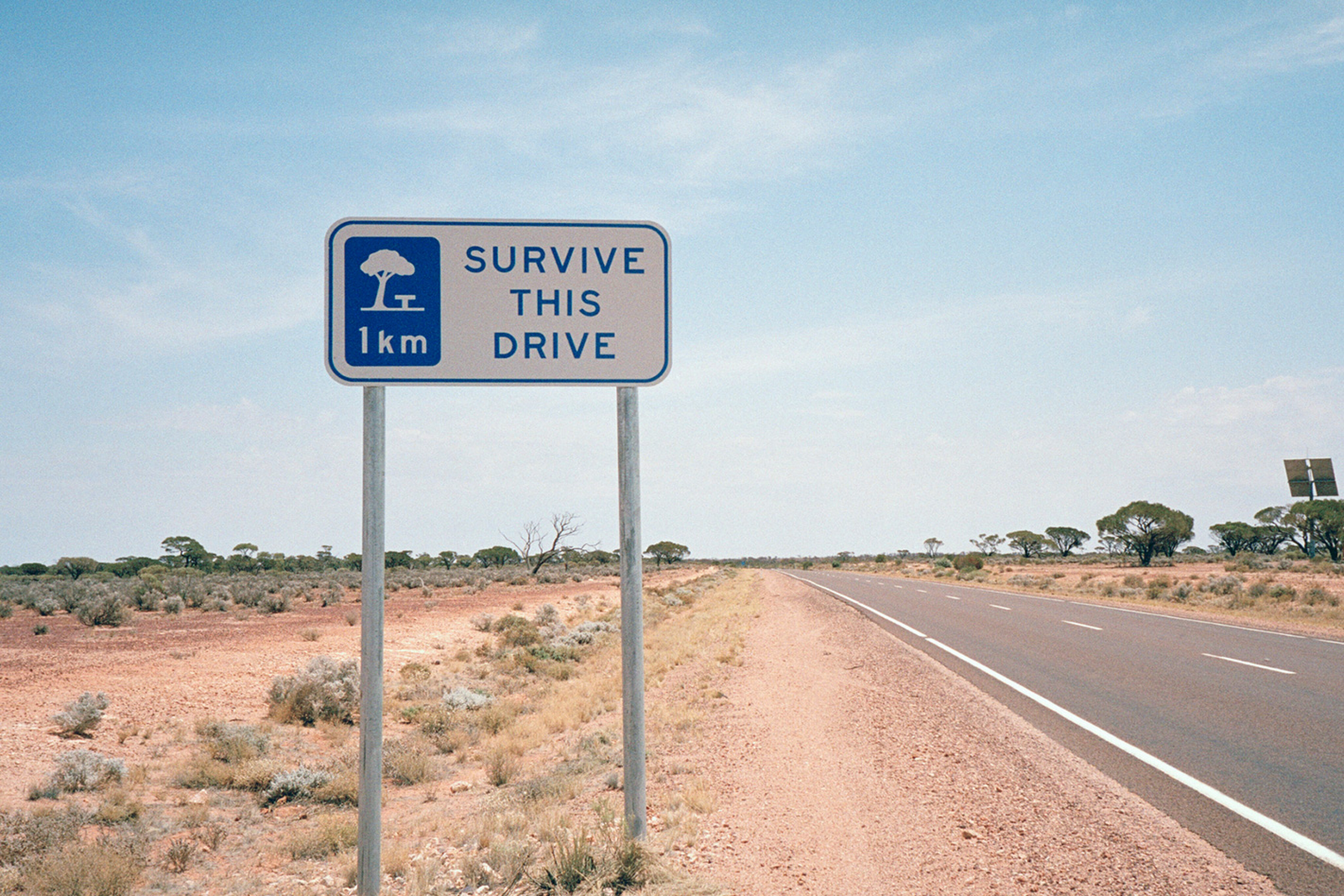
The statistics make for grim reading and only tell one story: Australia’s roads are becoming deadlier.
Victoria’s year-to-date tally for lives lost shows an increase of 19.4 percent. The figures in New South Wales are even more alarming, with 321 people having died in road crashes to midnight last night. That’s a spike of 29.4 percent.
Mercifully, Queensland’s tally is down 4.7 percent but it’s backing up from its worst year of road fatalities in 13 years in 2022. Nationally the road toll is up 6.5 percent year-on-year.
South Australia, meanwhile, is enduring a horror run. Its annual figures show 102 people have died in 2023 which compares to 61 to the same period last year. That’s a 67.2 percent increase.

Tragically, SA’s figures include the recent death of 18-year old Charlie Stevens — the son of South Australia’s police commissioner Grant Stevens — who was killed in an alleged hit and run last week.
As you’d expect, the situation has sparked calls to implement drastic changes in order to arrest the rising toll. Controversial tweaks to licensing, rewards for good behaviour, better training, more police patrols and more speed cameras have all been suggested.
So what’s the answer? Do the fresh suggestions stack up? And how does Australia’s road tolls compare internationally?
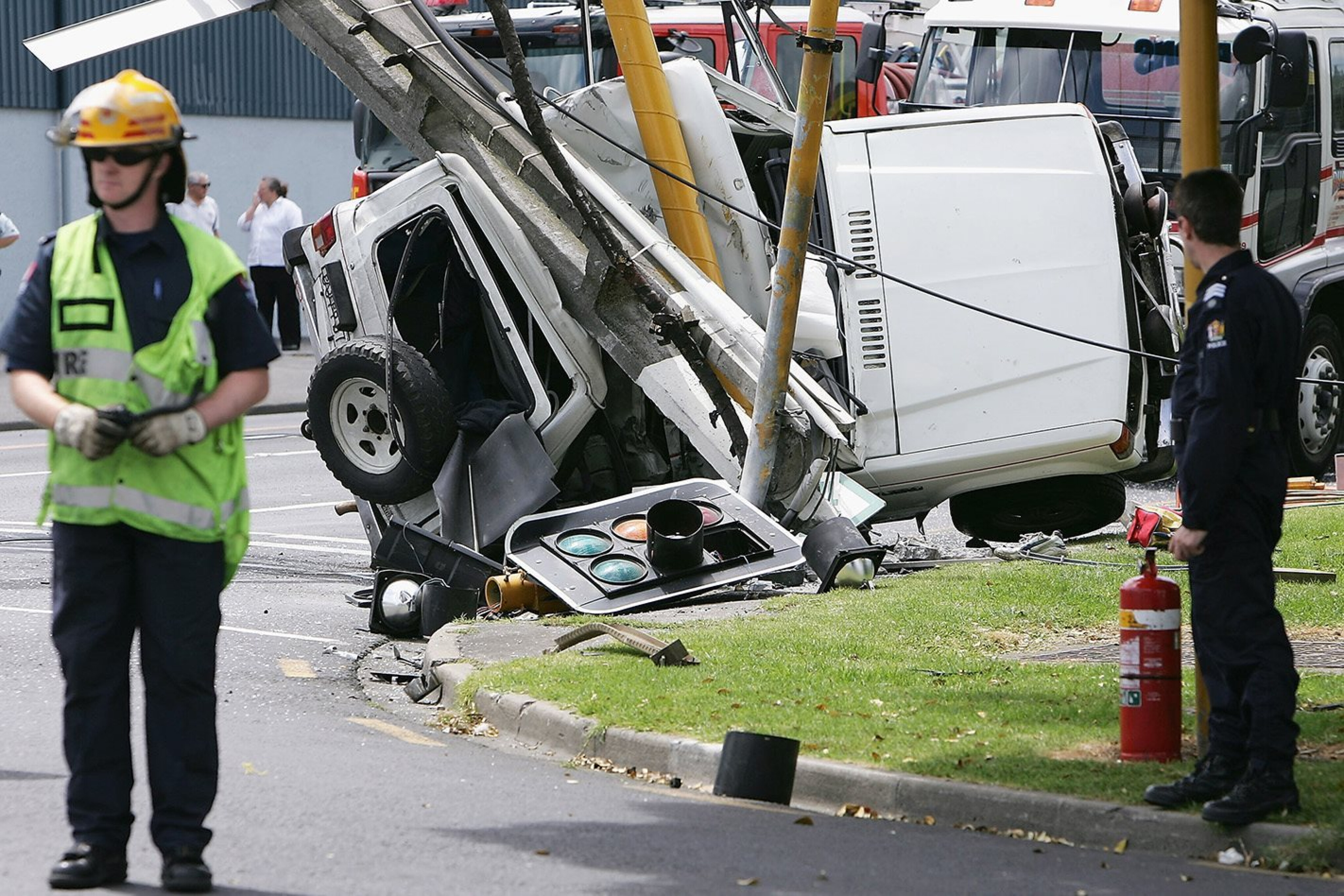
The current system is broken
Despite 2023’s eye-opening stats, it’s important to remember Australia was once a world-leader when it came to road safety.
Victoria was the first state in the world to make seatbelts mandatory in 1970, for example, and Australia was also at the forefront of random breath testing around the same time.
Both measures saw huge improvements in the number of road deaths and the general trend ever since has been positive. In 1970, the worst year ever for traffic fatalities, 3798 people lost their lives on our roads. In 2022, 1194 people died.

We’ve already eclipsed that figure in 2023, however, with 1247 deaths. So why, at a time when cars are becoming increasingly safer, do we seem to be going backwards?
A blase attitude towards seatbelts could be to blame, according to Victoria Police’s assistant commissioner Glenn Weir. Mr Weir told the ABC earlier this year that: “We’ve got a significant number of people now not wearing seatbelts involved in road trauma.
I think there’s a bit of in-built arrogance that seems prevalent in a lot of people… whether it’s a reaction to lockdowns and COVID-19 restrictions, I don’t know.
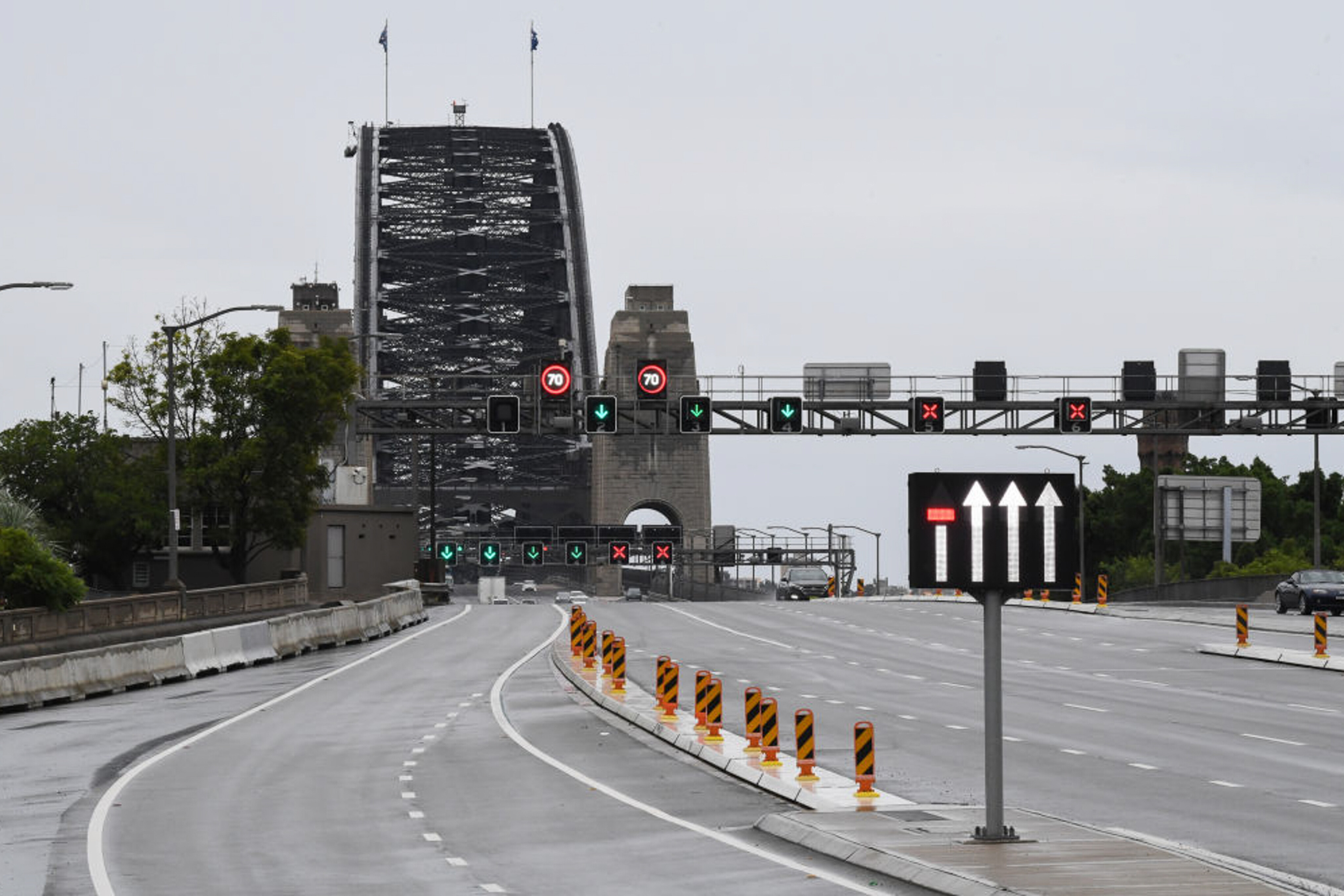
Driver distraction and using mobile phones while driving is another rising factor.
Drivers are 10 times more likely to crash if they are using their phone, according to Victoria’s Transport Accident Commission and one third of Aussie drivers admit to using their phones illegally. We suspect the actual figure is much higher.

In the US around 3000 people die every year due to distracted driving.
Speaking of America, the rise in popularity of full-size US pick-up trucks like the Ford F-150, RAM 1500 and Chevrolet Silverado may also be a contributor. Aussie sales of these larger utes, which can measure more than six metres long and two metres tall, are up 42 percent to the end of September.
Data out of the US shows large vehicles like these that have a bonnet height taller than 101cm are 45 percent more likely to result in a fatality if they hit a pedestrian.
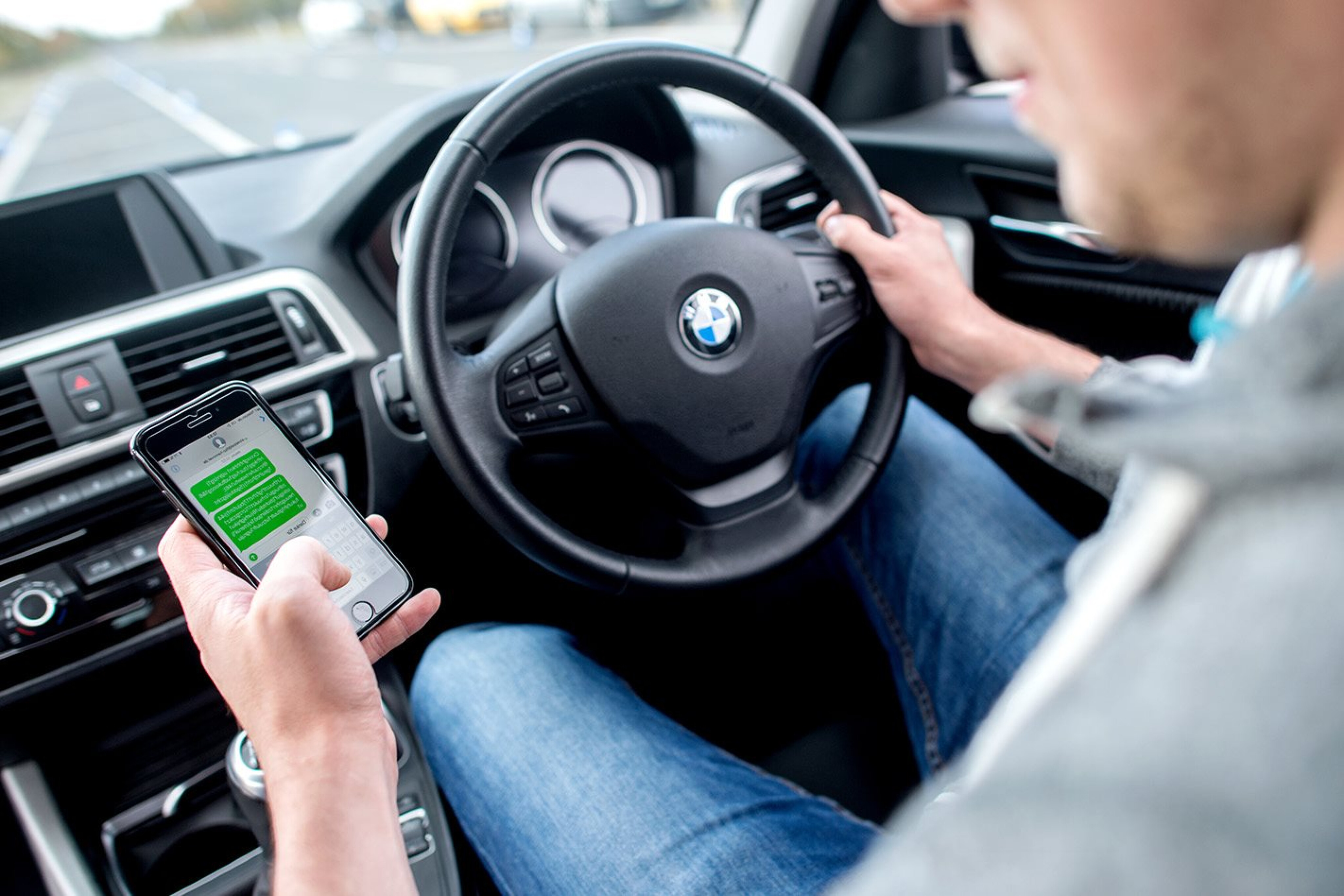
Could controversial changes work?
Ideas on how to improve our road toll range tend to range from sensible to controversial. Some of the more recent suggestions include:
Rewarding drivers who do the right thing
This is the brainchild of Russell White from the Australian Road Safety Foundation who suggested a change to Australia’s licensing system during an interview on The Project last week.
Mr White believes there “needs to be an increase in the level of visible police cars actually enforcing the law” and that Aussie drivers should understand getting their licence is just the beginning of learning how to be a good driver, not the end.
He also floated the concept of rewarding drivers who do the right thing by giving tax deductions, cheaper tolls and fuel discounts to those with zero demerit points. “So that a clean licence actually has a financial value as well as the points value as well.”
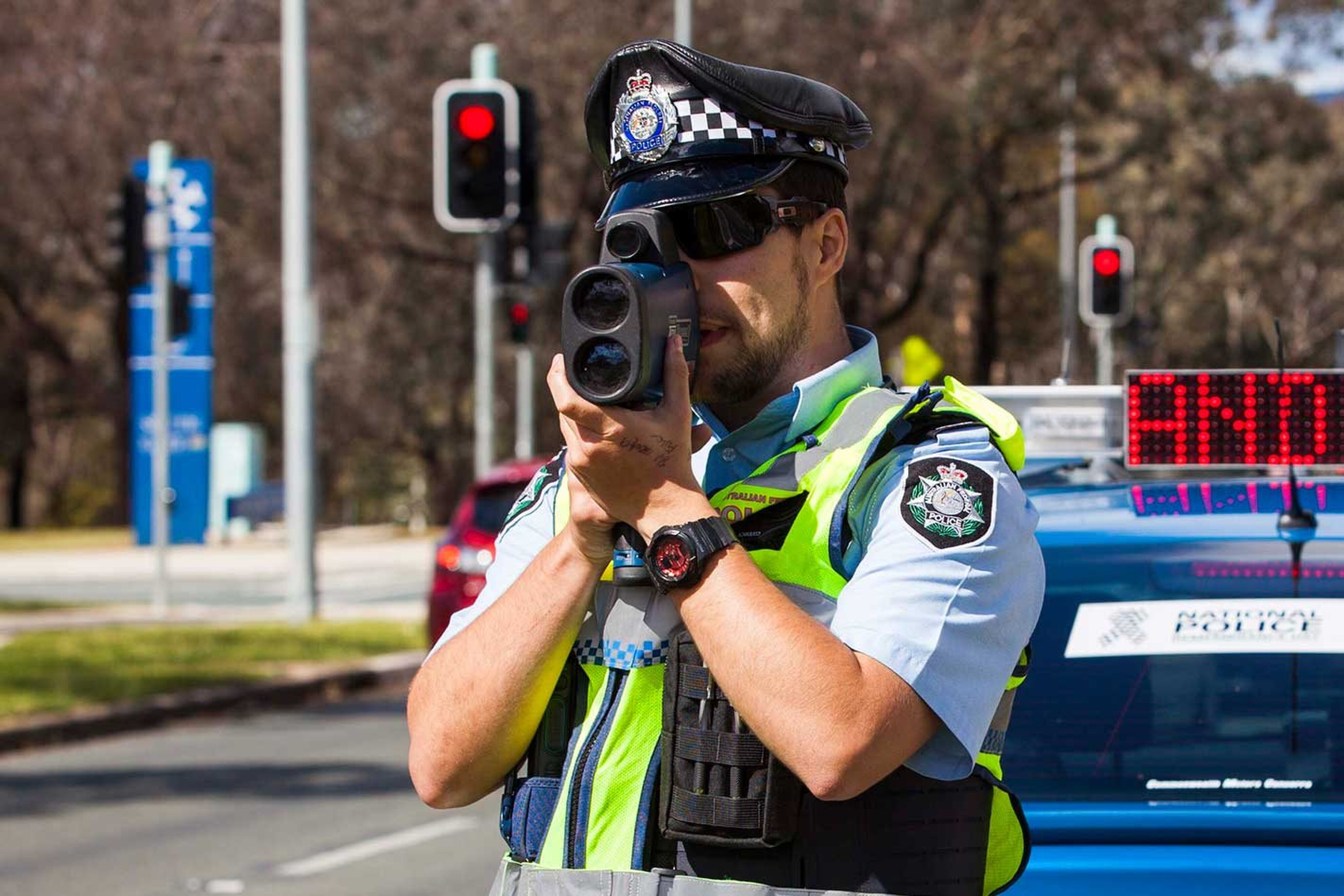
A refresher driving test
Queensland is exploring the idea of forcing millions of drivers to resit an online test when the time comes to renew their licence. The test would likely include a video or an information booklet as well as a “range of questions” that cover recent road rule changes.
QLD also introduced steep fine increases for common offences last year, with one example seeing the penalty for phone use jumping from $413 to $1078.
Banning licences for males under 21
Late last year, the Australasian College of Road Safety, floated the controversial idea of banning licences for males until they turn 21. According to the ACRS, 15 percent of road users in NSW were less than 25 years old yet they accounted for 25 percent of all car crashes.

How we compare globally
While there’s no doubt Australia’s recent road statistics are sobering, viewing them through a broader context only reinforces the need for change. This data lags slightly behind our current road-toll, with the most recent figures taken from 2020.
Even so, Australia’s rate of road fatalities per 100,000 population was 4.26 which ranked 20th out of 36 countries that form the Organisation for Economic Co-Operation and Development (OECD).
The nations with the best fatality figures were Norway, Sweden and Iceland who scored 1.73, 1.98 and 2.2 respectively.
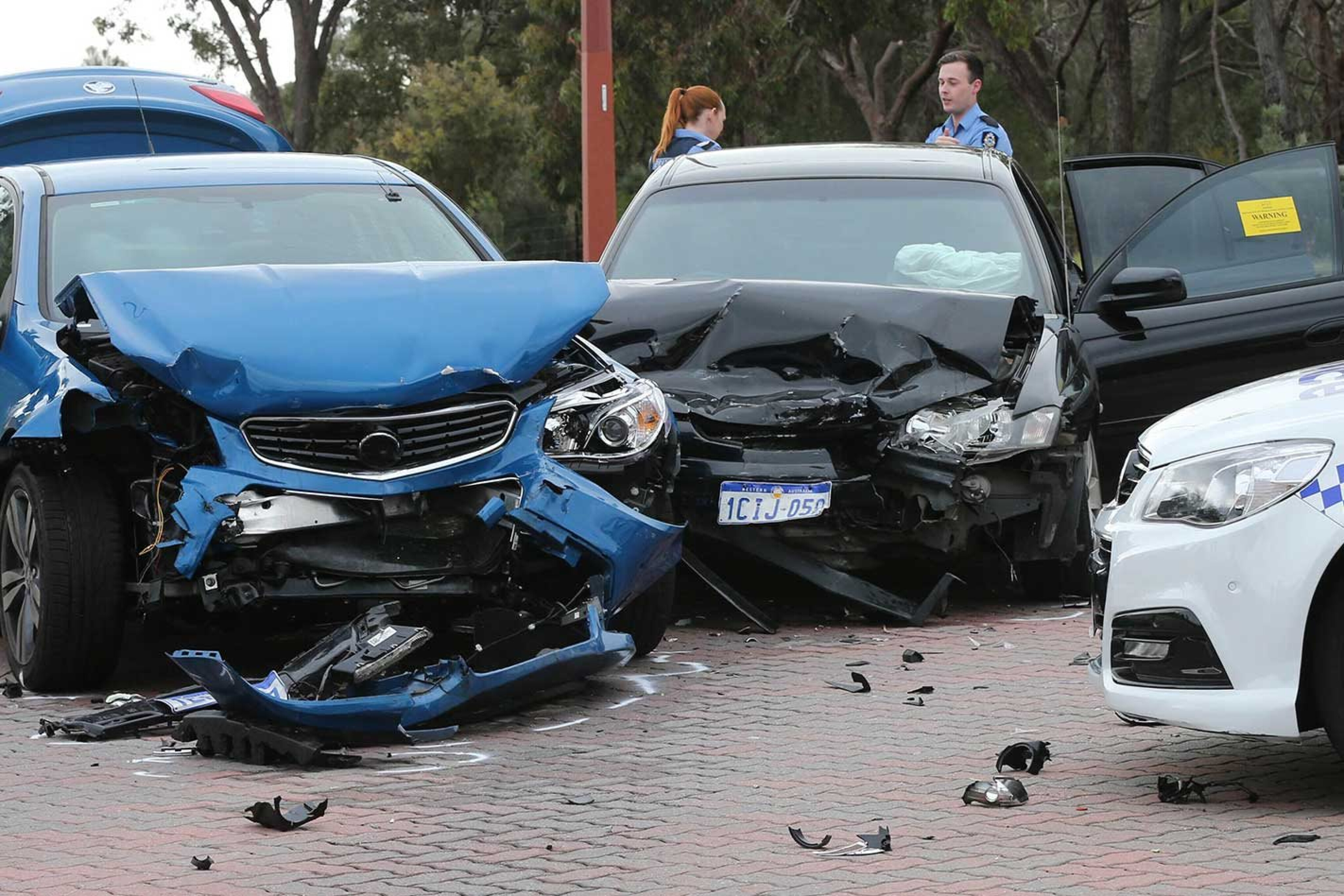
The statistics show Australia trails behind the United Kingdom (2.26), Japan (2.72), Germany (3.27), France (3.9) and Italy (4.02) for road fatalities per 100,000 population.
Interestingly, New Zealand’s figure is worse than Australia at 6.01 while the United States has the worst road fatality rate at 12.45 per 100,000 people.


COMMENTS